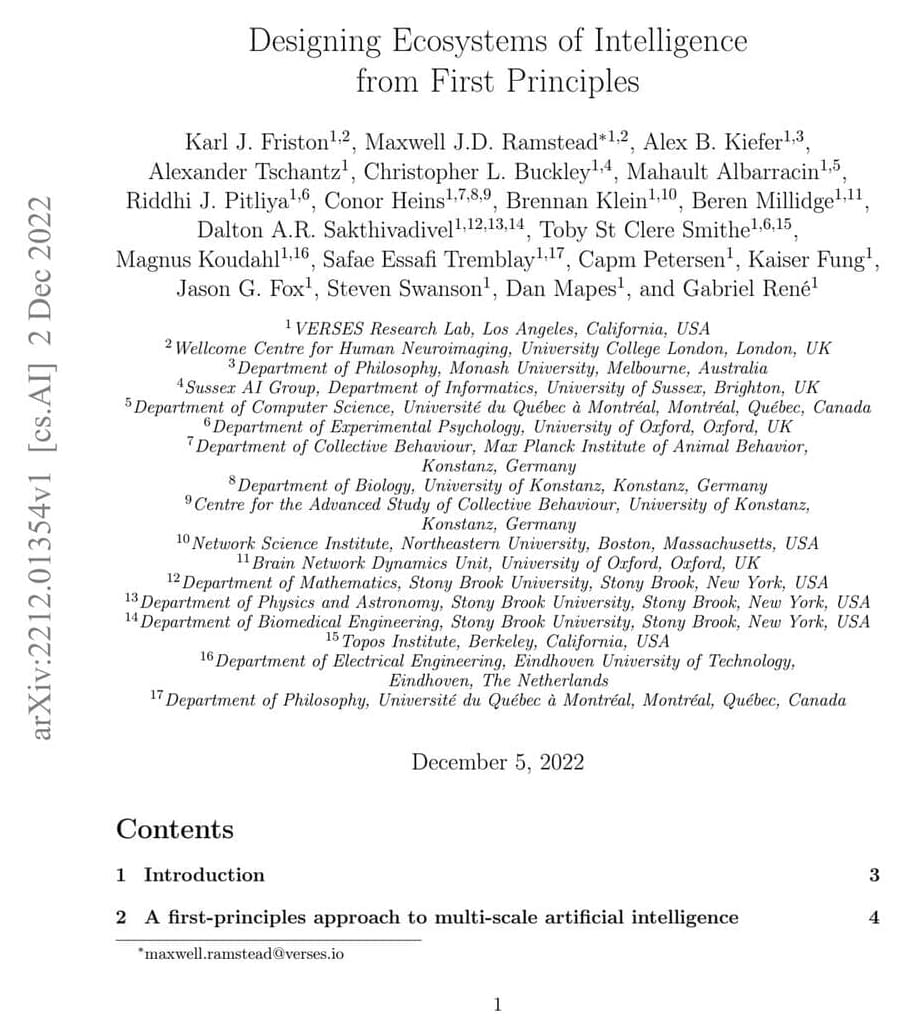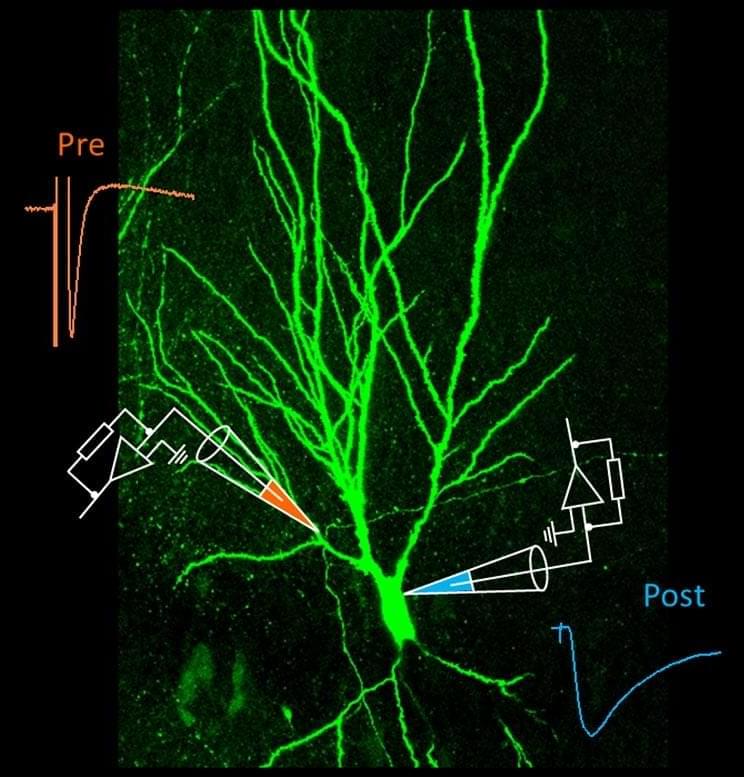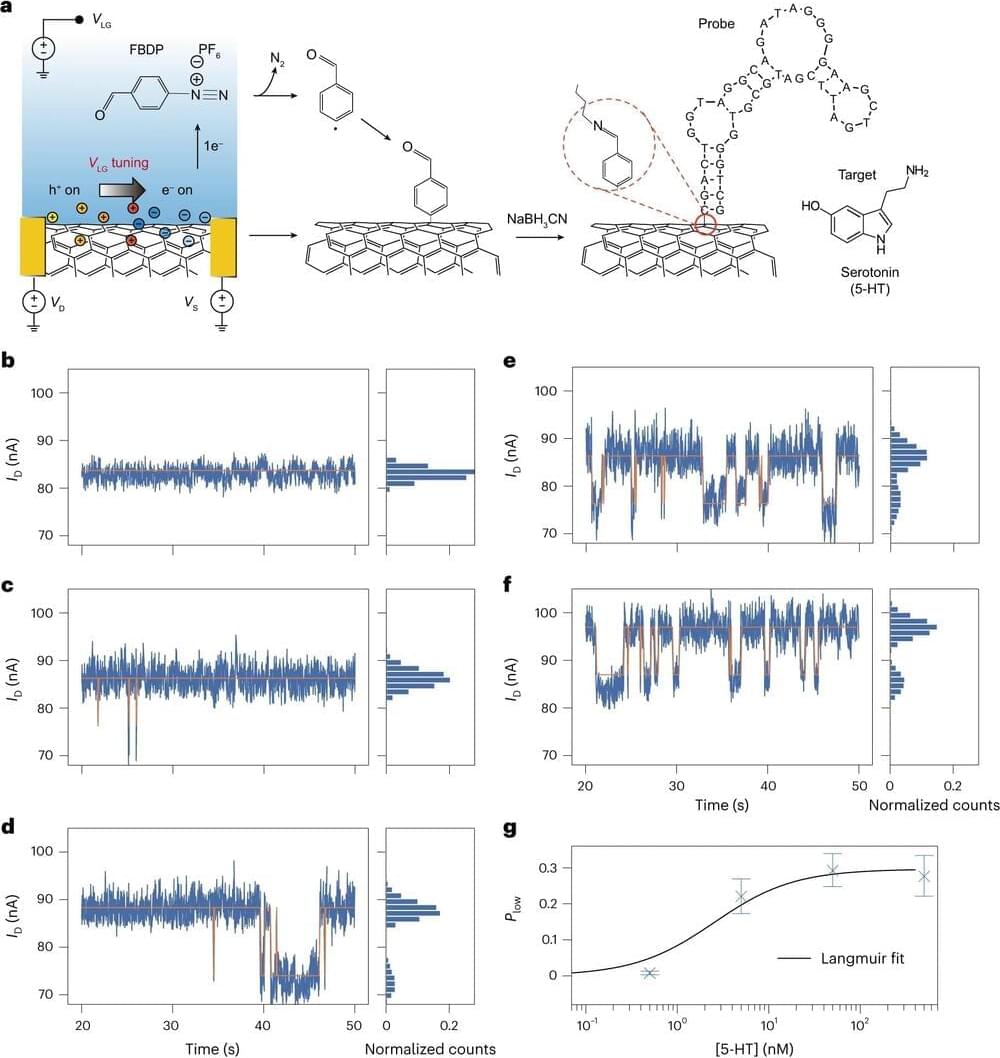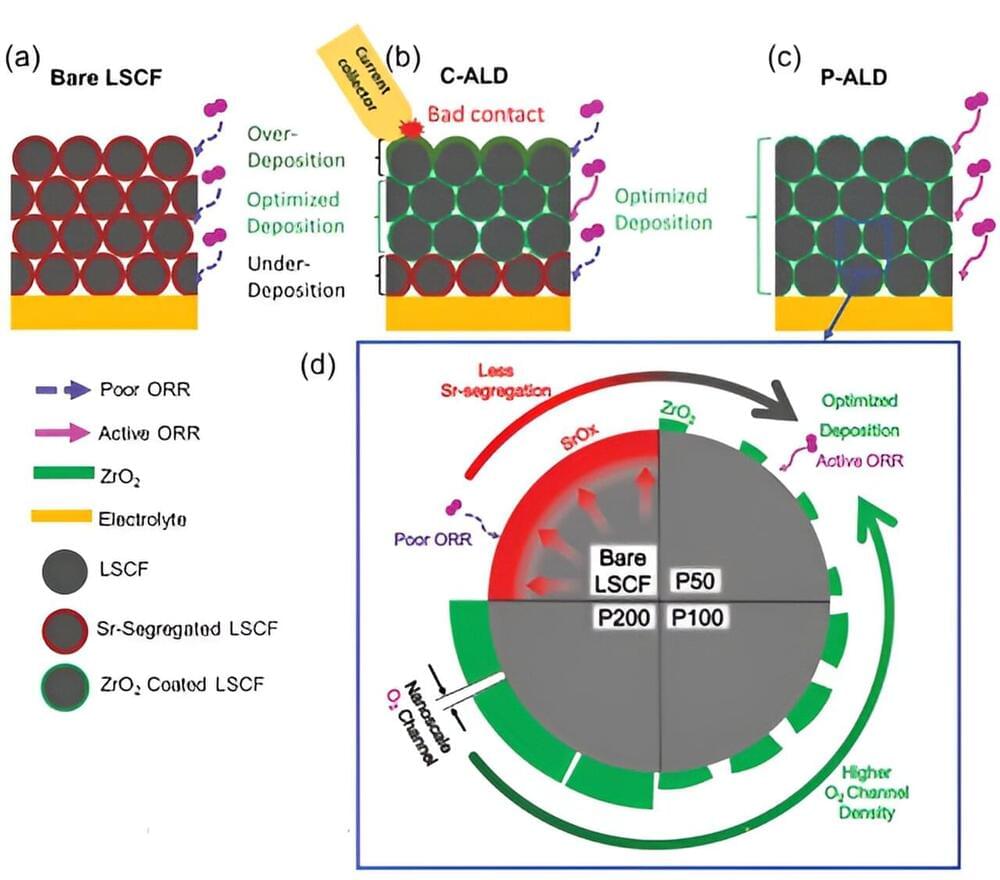A new report reveals the chaos behind the startup Stability AI, including an incident where its now-ex CEO disappeared in his pajamas.





Researchers identify molecular cues that make developing neurons remodel their connections.
At this very moment, the billions of neurons in your brain are using their trillions of connections to enable you to read and comprehend this sentence.
Now, by studying the neurons involved in the sense of smell, researchers from Kyushu University’s Faculty of Medical Sciences report a new mechanism behind the biomolecular bonsai that selectively strengthens these connections.

Key synapse acts as a “smart teacher,” sending messages against the usual flow of information in the brain.
Information flows in a well-defined direction in the brain: Chemical and electrical signals are passed from one neuron to the other across the synapse, from the pre-synaptic to the post-synaptic neuron. Now, Peter Jonas and his group at the Institute of Science and Technology Austria (IST Austria) show that information also travels in the opposite direction at a key synapse in the hippocampus, the brain region responsible for learning and memory.
At the so-called mossy fiber synapse, the post-synaptic CA3 neuron influences how the pre-synaptic neuron, the so-called mossy fiber neuron, fires. “We have shown, for the first time, that a retrograde information flow is physiologically relevant for pre-synaptic plasticity,” says Yuji Okamoto, a postdoc in the group of Peter Jonas at IST Austria and co-first author of the paper published in Nature Communications.



Advances with photoswitches could lead to a smartphone that’s soft and flexible and shaped like a hand so you can wear it as a glove, for example. Or a paper-thin computer screen that you can roll up like a window shade when you’re done using it. Or a TV as thin as wallpaper that you can paste on a wall and hardly know it’s there when you’re not watching it.
Photoswitches, which turn on and off in response to light, can be stitched together to replace the transistors used in electronic devices that control the flow of the electric current.
Commercial silicon transistors are brittle, nontransparent, and typically several microns thick, about the same thickness as a red blood cell. In contrast, photoswitches are one or two nanometers, about 1,000 times thinner. They can also be mounted on graphene, a transparent, flexible material.


To enhance this efficiency, there is a requirement to fabricate electrodes with a porous structure. Unfortunately, existing technologies face challenges in achieving a uniform coating of ceramic materials within electrodes possessing intricate porous structures.
A collaborative research team, comprising Professor Jihwan An and Ph.D. candidate Sung Eun Jo from the Department of Mechanical Engineering at Pohang University of Science and Technology (POSTECH), and others, has successfully produced porous electrodes for SOFCs using latest semiconductor processes. This research has been featured as a back cover article in Small Methods.
The process of atomic layer deposition (ALD) involves depositing gaseous materials onto a substrate surface in thin, uniform atomic layers. In a recent study, Professor Jihwan An’s team, known for their prior work in enhancing the efficiency of SOFCs using ALD, developed and applied a powder ALD process and equipment. This enabled them to precisely coat nano-thin films on fine powders.